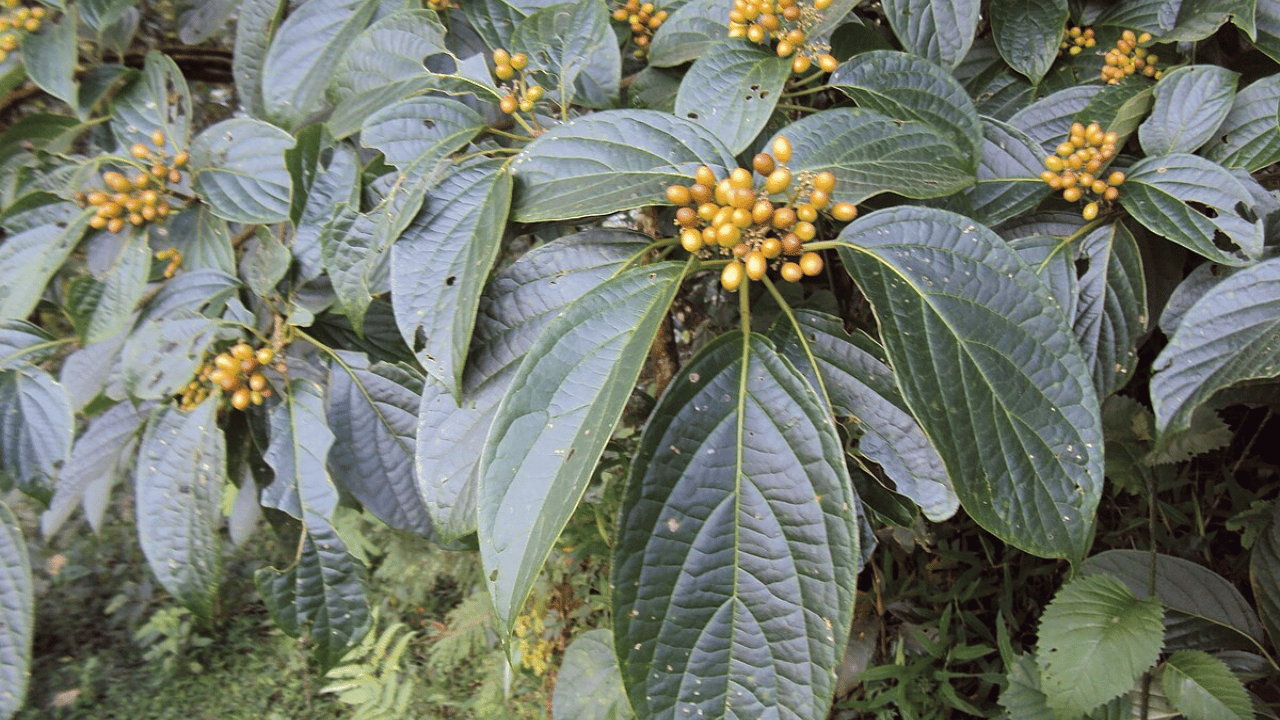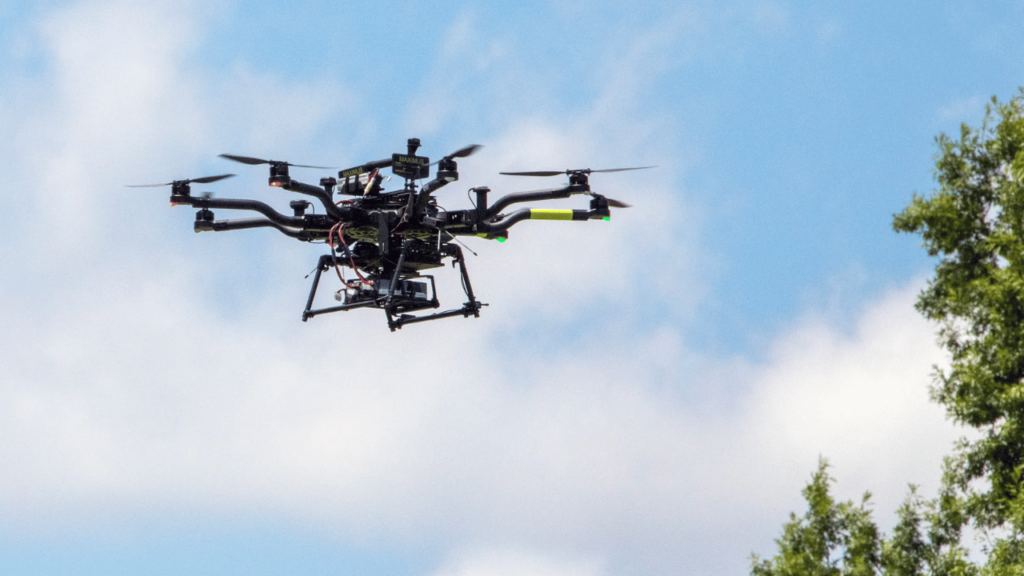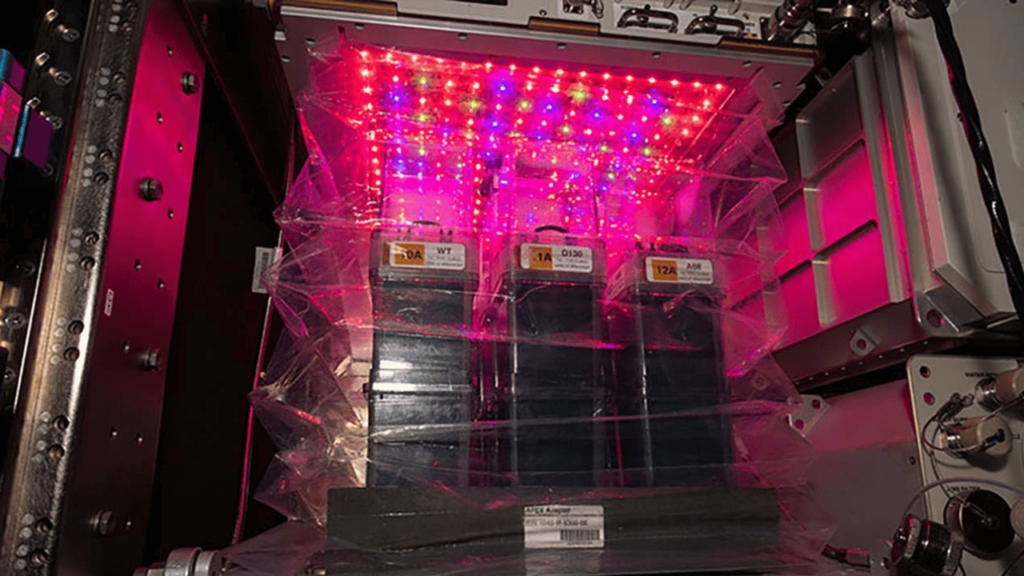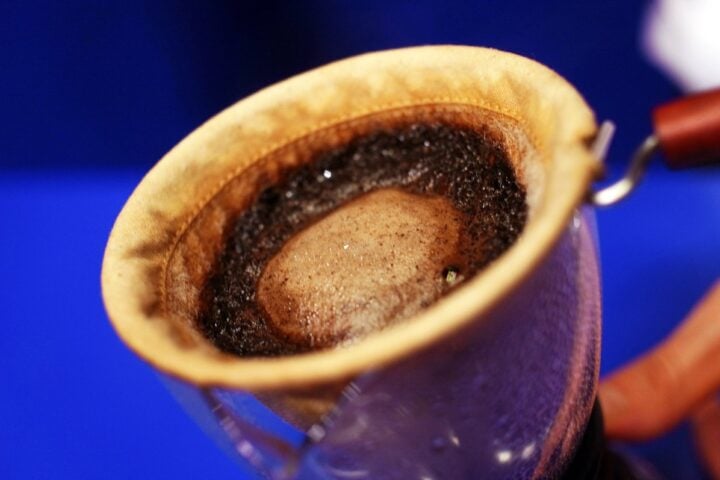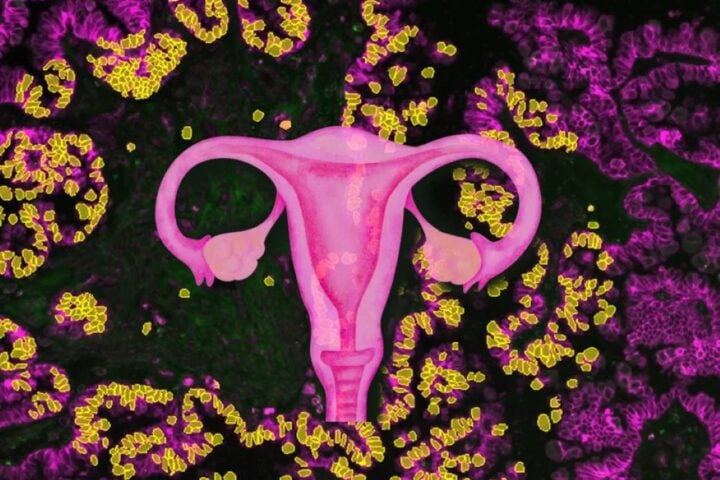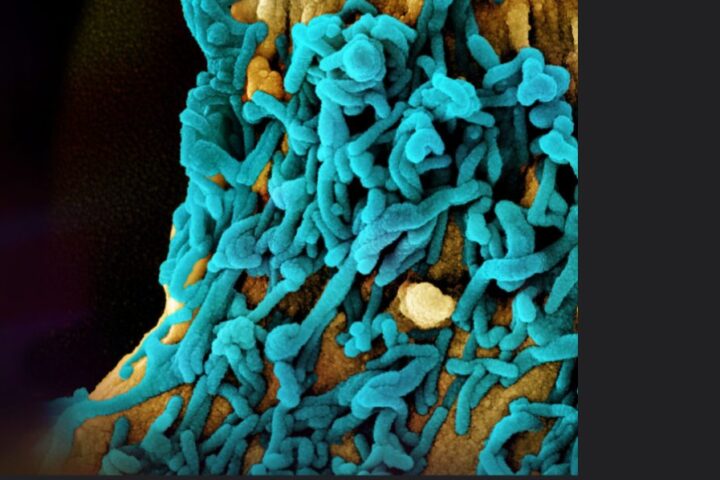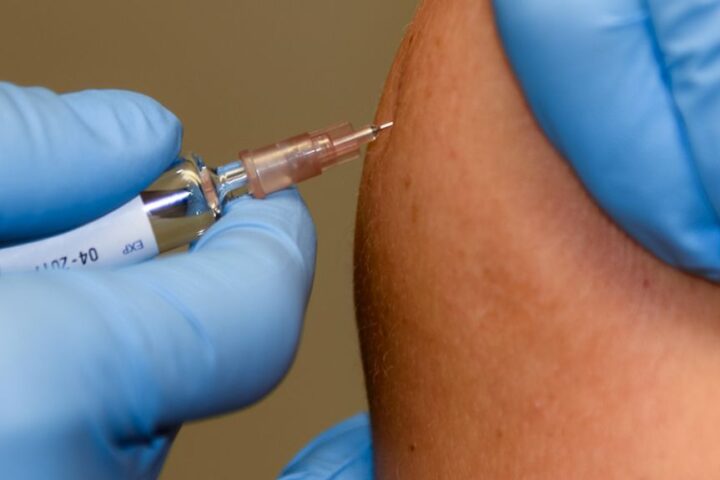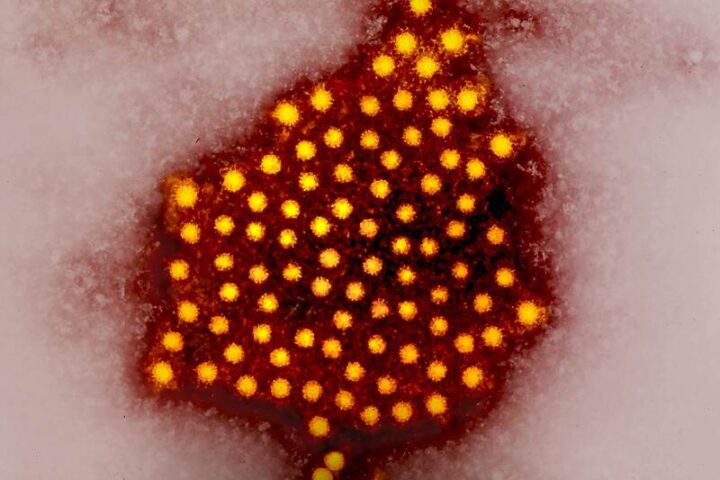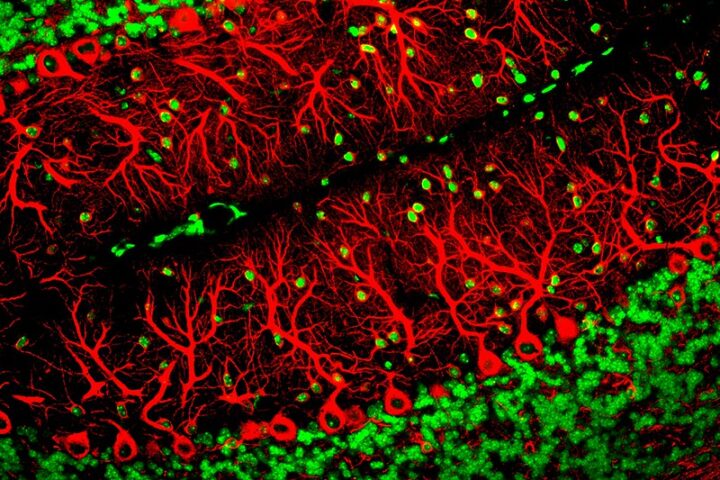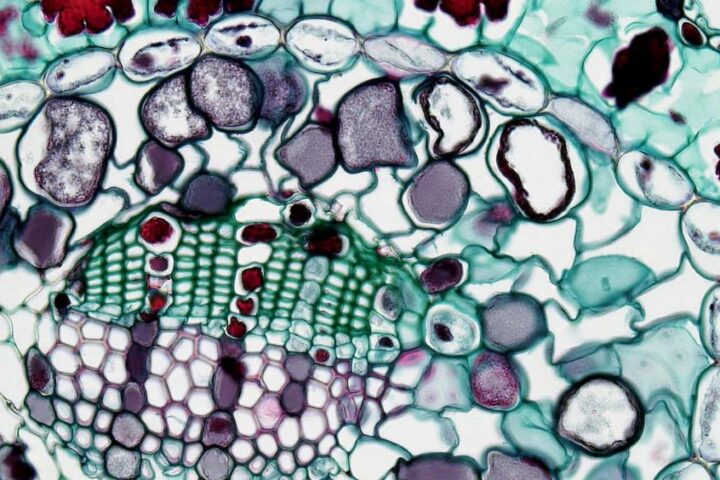In a fresh new scientific development, the Indian Institute of Technology (IIT) Madras and IIT Mandi have unlocked a new dimension in cancer treatment through the metabolic engineering of plant cells. Their research, centered on the endangered plant Nothapodytes nimmoniana, has significantly enhanced the production of Camptothecin, a vital component in anti-cancer drugs like Topotecan and Irinotecan.
This breakthrough is particularly significant given the dire situation of N. nimmoniana in India, where its numbers are dwindling due to overharvesting and deforestation. The urgent need for alternative production methods has been a driving force behind this research.
The core of this advancement lies in a genome-scale metabolic model for N. nimmoniana plant cells, created using sophisticated computational tools. This model enabled the researchers to pinpoint and modify specific enzymes, leading to an impressive five-fold increase in Camptothecin yield.
Leading the team, Ms. Sarayu Murali and Dr. Maziya Ibrahim from IIT Madras, along with Prof. Karthik Raman, Prof. Smita Srivastava, and collaborators from IIT Mandi, pursued a strategy of overexpressing certain enzymes predicted by the model. This experimental validation marks a notable progress in plant cell technology.
Prof. Srivastava emphasized the project’s significance, stating, “Integration of metabolic engineering with bioprocess engineering principles can ensure enhanced and sustainable production of Camptothecin.” Prof. Raman pointed out the broader potential of this technology in boosting the production of other high-value phytochemicals, thereby reducing reliance on natural resources.
The implications of this research are profound in India, where cancer cases are projected to rise to 15.7 lakh by 2025, according to the ICMR-NCRP 2020 report. With nearly 10 million global cancer deaths reported by the WHO in 2020, the need for accessible and sustainable cancer treatment options is more critical than ever.
Similar Posts
Funded by the Science and Engineering Board (SERB) and the Department of Science and Technology (DST), Government of India, this project’s success was recently published in the peer-reviewed Journal Frontiers of Plant Science.
Echoing a 2021 study by IIT Madras, which identified a microbe as a sustainable source for Camptothecin, this latest research amplifies the potential for biomanufacturing high-value phytochemicals. Dr. Shyam Kumar Masakapalli from IIT Mandi highlighted the collaborative nature of the project and its potential in engineering plant cell bio-factories.
This achievement is not only a testament to interdisciplinary collaboration but also showcases the revolutionary role of computational tools in biotechnology. The successful metabolic engineering of N. nimmoniana plant cells sets a new standard for future research, offering hope for more efficient and environmentally friendly production of essential medications.
This research marks a significant milestone in pharmaceutical biotechnology, demonstrating the power of combining computational modeling and experimental validation. It opens new horizons in drug production and biodiversity conservation, providing a practical solution to a pressing global health challenge.
